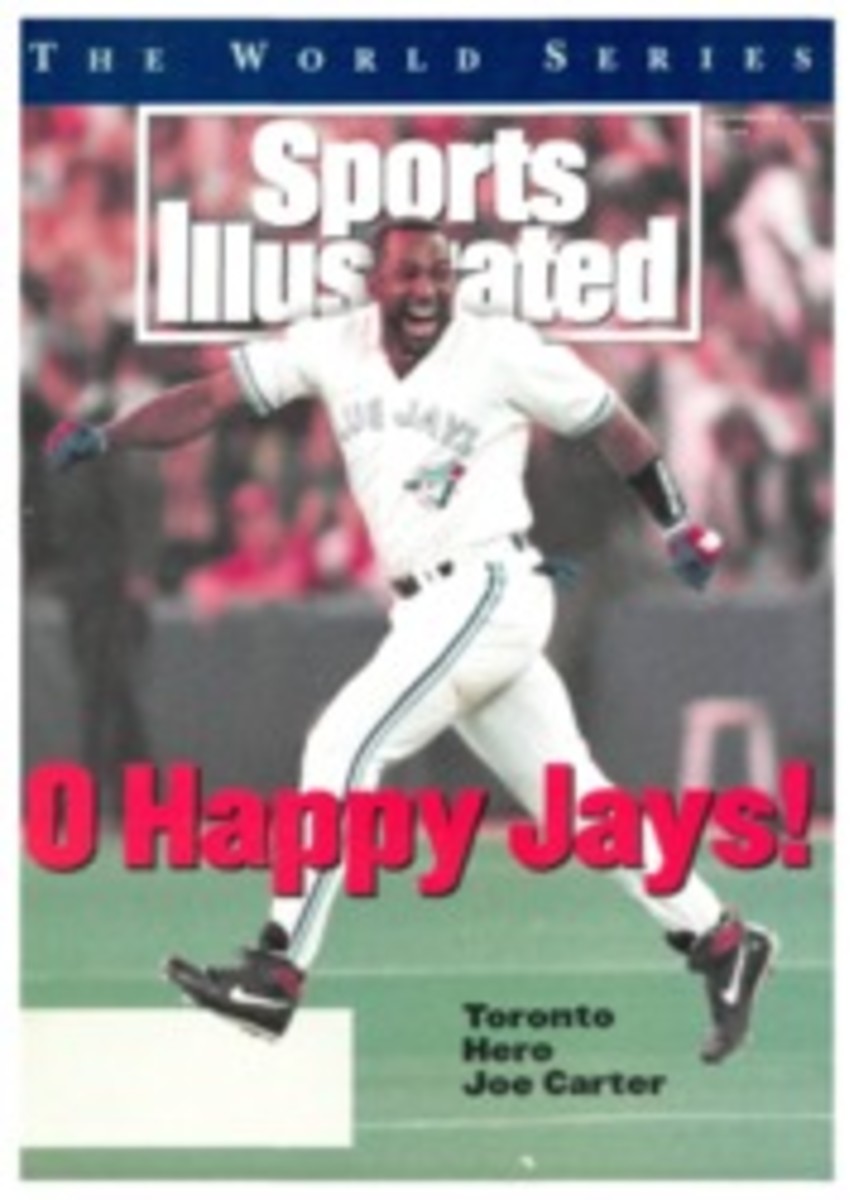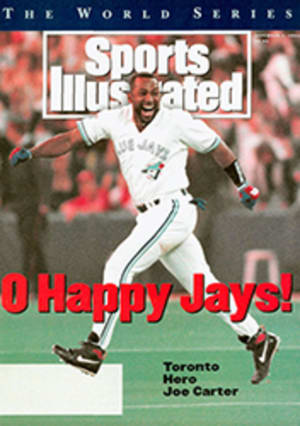
Brian Boitano
When he discovered his first gray hairs, he named them. Now Brian Boitano only bothers naming the graying tufts. He's 10 pounds heavier than he was when he won his gold medal at the 1988 Winter Olympics, 10,000 triple Axels sorer and, at 30, twice the age of the reigning women's world champion, 15-year-old Oksana Baiul of Ukraine. But his competitive juices still flow, and last Saturday in Dallas, in his first amateur competition since March 1988, Boitano served notice that the old pro could well be a formidable contender in Lillehammer in 1994.
"There's a lot of work to do, but I'm happy with how I skated," said Boitano after finishing second at Skate America to Viktor Petrenko of Ukraine, the 1992 Olympic gold medalist. "I thought I'd won. The audience really liked it. But what's important is I wasn't worried about my knee." Boitano could be forgiven his surprise at finishing behind the 24-year-old Petrenko—he lost by a single vote, four judges to three, a decision that was lustily booed by the 3,744 fans at Reunion Arena who had given Boitano a standing ovation at the end of his stirring 4½-minute program. In Boitano's five-plus years as a pro, he won 11 of the 12 competitions he entered, including the last five World Professional Championships. Among touring pros, he was in a class by himself, continuing to land all his triple jumps despite limited practice time and the demanding schedules of an ice show. Yet his ultimate dream never wavered: to compete in the Olympics again.
Boitano campaigned hard to have the eligibility rules changed in time for him to skate in the '92 Games in Albertville, but he wound up attending those Olympics as a reporter for USA Today. Now he's grateful to have had the break. "I'm not defending champion, so there's less pressure. People say, 'He's 30; he's making a gutsy comeback.' But in most sports, 30 is an athlete's prime."
The rules were changed by the International Skating Union in June 1992, and Boitano was reinstated as an eligible skater in May. Nevertheless he still must qualify for an Olympic berth by placing first or second at the U.S. nationals in January. Judging by his performance last week, that hurdle seems little more than a formality.
Boitano's triple jumps—he landed five of six in Saturday's long program and plans to add two more by the nationals—are as big as ever, despite a torn tendon in his right knee that has bothered him for two years. To compensate, he has undertaken a strict exercise regimen. "My legs and upper body are stronger than in 1988," he says. "So my jumps are bigger. But I'd forgotten how much stress there is in amateur skating. You do eight triples, not five; four spins, not two. It's tiring."
If the jumps and spins no longer come as easily to Boitano as they did in his youth, when he was perceived somewhat derisively as a robot of consistency, he has more than made up for that with on-ice maturity and presence. His movements have become sure, precise, uningratiating, and his simplest gestures convey a depth of emotion that was beyond his range in 1988. In short, he's skating like a man, in a sport in which we've grown accustomed to watching boys.
PHOTO
MANNY MILLAN

